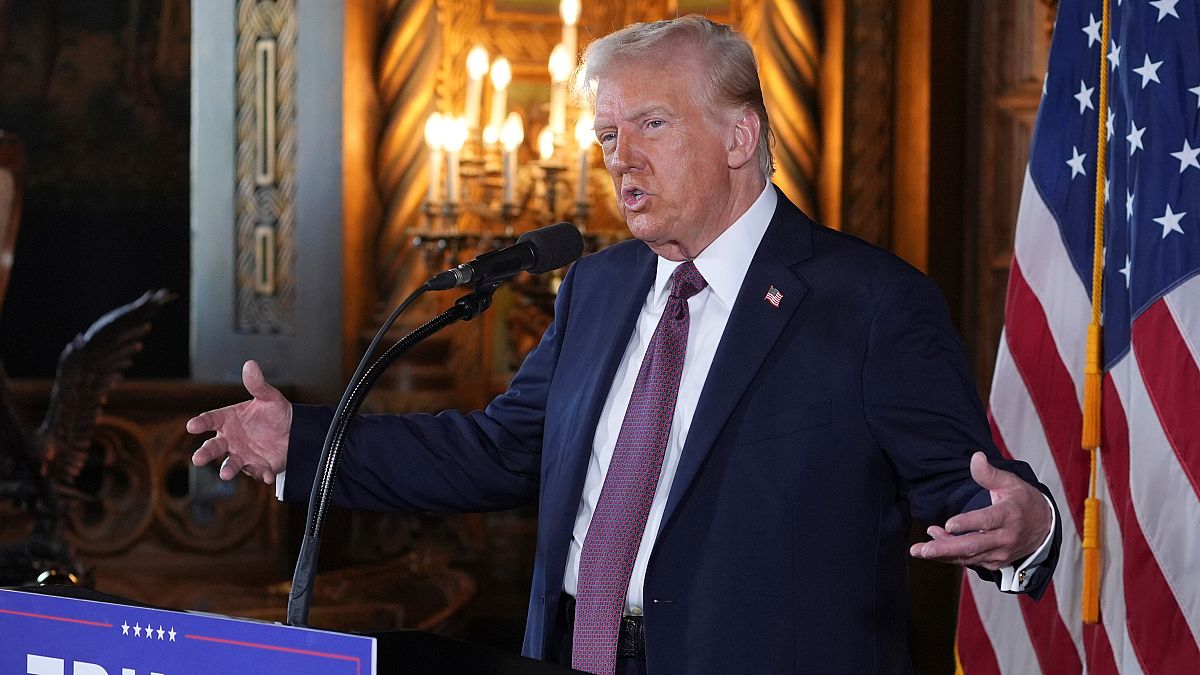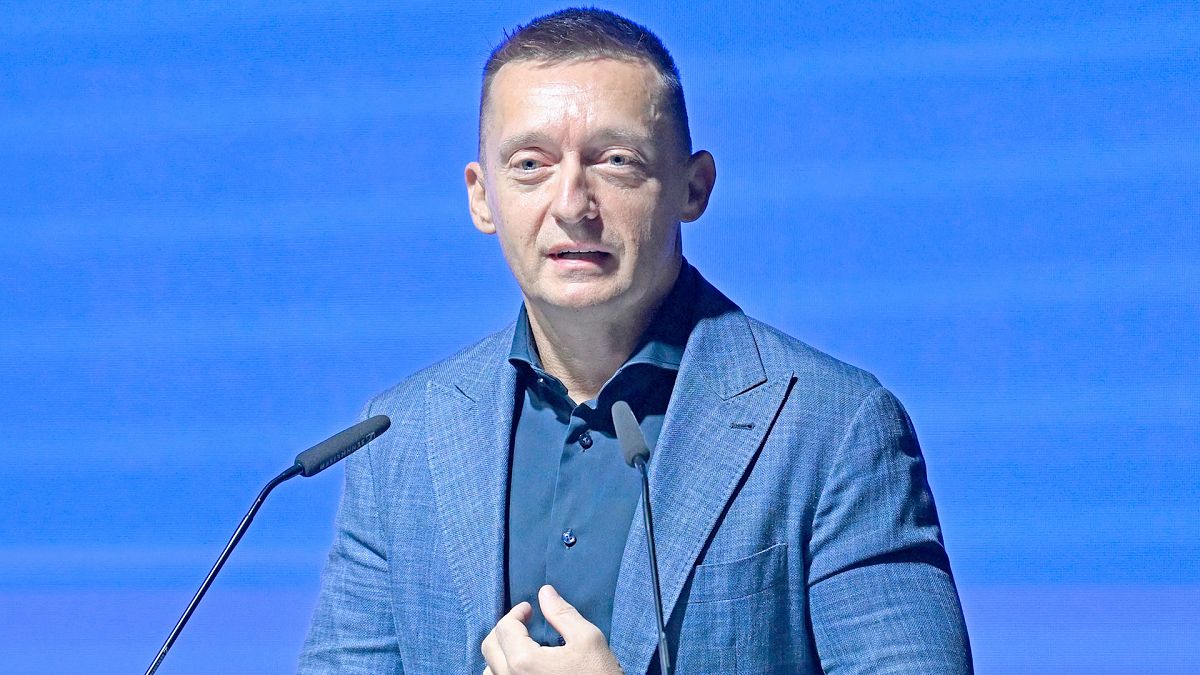IMF’s end-of-inflation party sobered by debt, war … and a US election
Inflation may be on the retreat, but growth is slowing and debt is rising as the West and China square off ever more directly.
There will be more than a bit of self-congratulation in the air as the world’s top financial figures descend on Washington, D.C. this week for the annual meetings of the International Monetary Fund and the World Bank.
Inflation, which surged globally after the pandemic and won a second lease on life through food and energy markets after Russia’s invasion of Ukraine, is on the retreat. Moreover, it has fallen without the world’s central banks having had to tip the economy into recession with high interest rates.
“A combination of resolute monetary policy action, easing supply chain constraints, and moderating food and energy prices is guiding us back in the direction of price stability,” IMF Managing Director Kristalina Georgieva said in a curtain-raising speech on Thursday.
But in her next breath she warned that now isn’t the time for victory laps.
Ever-rising debt levels and the splintering of global trade under the pressure of geopolitical rivalries have cast a long shadow over the meetings, which begin in earnest Tuesday. The uncertainty is only fueled by the wars raging in both Eastern Europe and the Middle East — and by next month’s U.S. election — all of which could move the needle in various directions.
Public debt, in particular, has already emerged as a key focus of this week’s discussions. Governments in many parts of the world appear to have lost control of their finances due in large part to pandemic-era emergency support measures, which widened existing budget gaps. Global public debt is set to hit an unimaginable $100 trillion this year, and is on course to top 100 percent of world GDP by 2030, the IMF said last week in an advance release from its Fiscal Monitor.
Causes for concern are everywhere. In the U.S., the budget deficit is expected to cross 6 percent of GDP in 2024 even though the country started the year at what many would have considered the top of the economic cycle, with tax revenues plentiful and little need for government support measures. But that hasn’t proven to be the case this cycle, as the administration of President Joe Biden has thrown money at reshoring manufacturing jobs, especially in politically sensitive sectors such as chip production.

In Europe, the staggering cost of the subsidies needed to keep the economy on life support earlier in the decade has become clearer. Even Germany is struggling to bring its deficit back in line with both its own rules and those of the EU, and now faces a second straight year without growth. Berlin has even joined the likes of Paris and Rome in having to ask the European Commission for extra time to get its finances back in order.
China, meanwhile, is still working its way through a real-estate crash, with no clarity on who will be left holding billions of dollars in debt that will never be repaid. Beijing has unveiled a suite of measures to sustain growth, but analysts are not convinced they will do the trick. Official data released last week showed the economy grew only 4.6 percent in the third quarter compared to the same period in 2023, below expectations and undershooting President Xi Jinping’s 5-percent target.
The IMF’s Georgieva, speaking to Reuters on Friday, warned that Chinese growth will slow even further unless Beijing restructures the country’s economy, abandons its current export-driven growth model, and does more to stimulate demand at home. Failure to do so, she argued, would push annualized growth below 4 percent of GDP and risk fomenting unrest.
“That is going to be very difficult for China … from a social standpoint,” Georgieva said.
Another facet of the debt hangover is that poorer countries have fared much worse than wealthier ones, the Fund said last week. In 2008, the year of the global financial crisis, the world’s poorest countries devoted only 5 percent of their revenues to interest payments, whereas today the figure stands at nearly 15 percent. Even middle-income emerging economies have seen the indicator rise from 7.5 percent to 12.5 percent, restricting the amount that governments have available for investment in areas such as health, education and transport infrastructure.
The trend has forced ever more countries to seek help from the IMF in recent years. The Fund is currently lending nearly $200 billion to 35 different countries, and on Friday approved another $1.1 billion in aid for one of its biggest borrowers, Ukraine, after Kyiv imposed more painful tax increases and other structural reforms.
What's Your Reaction?



















































